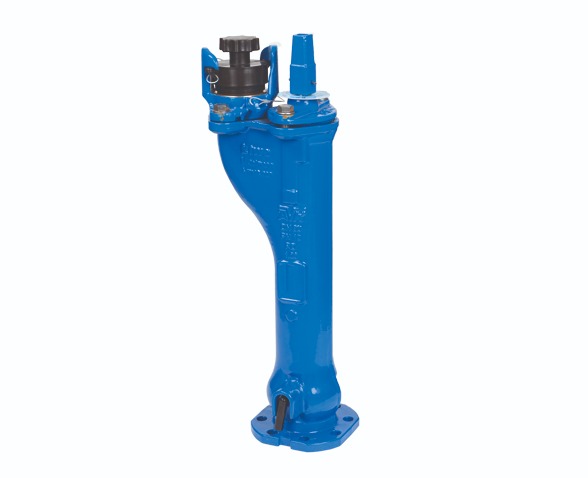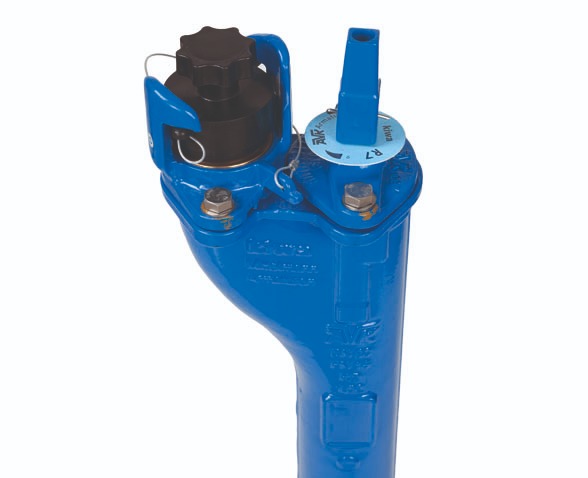Underground Fire Hydrant
They are hydrants which have two outlet water intake ports on the ground (optional 3 outlet) which are used to receive water by hose in pressurized water networks. The shaft which controls the hydrant valve consists of spring valve, check valve, hose connection fittings and casting parts forming the main body. By means of the hydrant switch, the shaft is controlled and opened and closed. When the shaft is turned counterclockwise, the travel pipe moves downwards. Thus, the valve parts in the body move down and the hydrant is opened. When the shaft is turned clockwise, the hydrant is turned off. The valve closes in the flow direction of the water. Thus, the sealing of the valve under pressure in the system is increased. This system creates turbulence-free and linear flow, reduces pressure loss, prevents vibrations and extends the life of the hydrant. Thus, it enables the spraying of water over longer distances. In order to discharge the water in the hydrant, especially in cold weather, the hydrant must be closed. Spring pressure valve automatically opens because there is no pressure, drains water above the valve from the valve.



